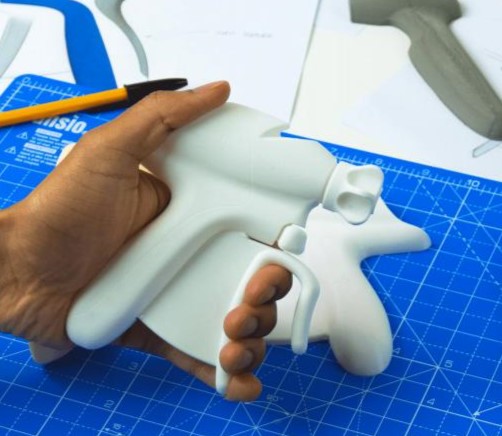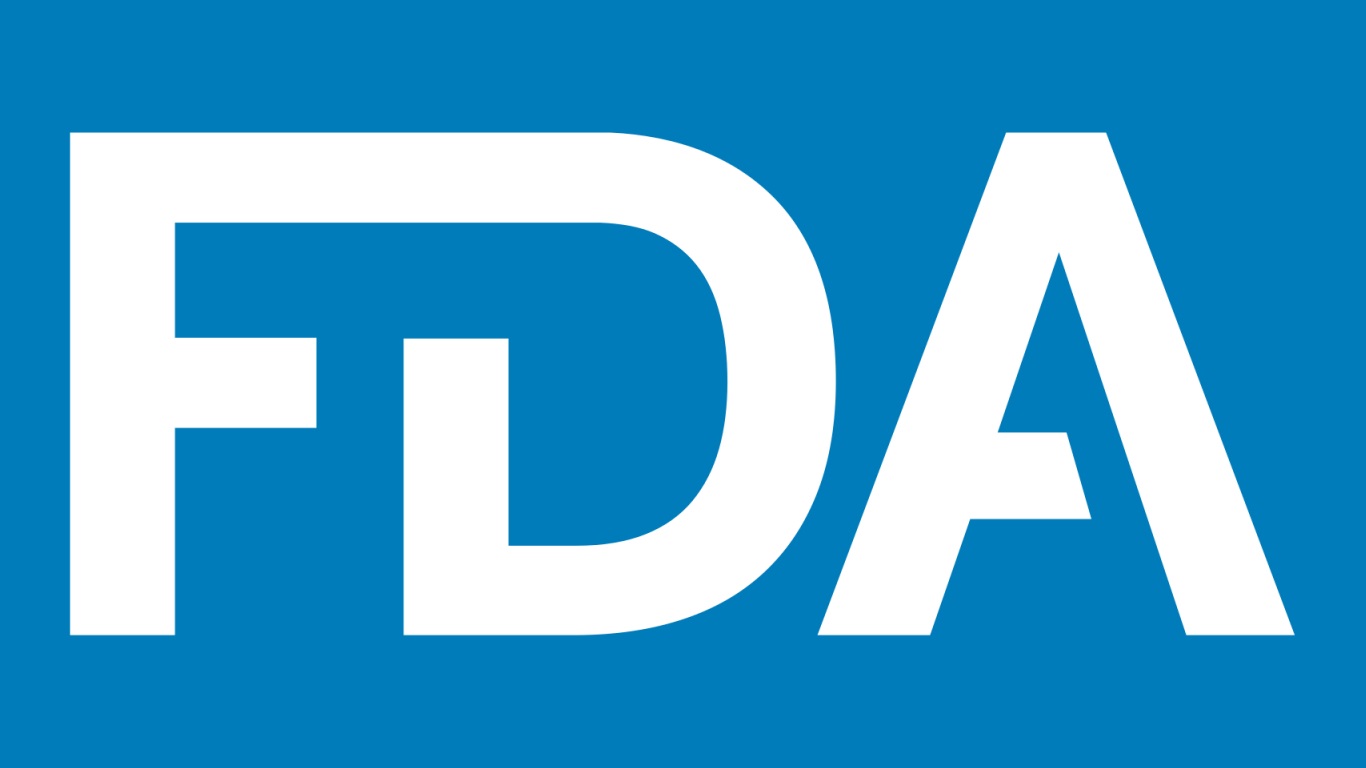

The new equity guide provides implementation steps to help developers and users implement the AHRQ Digital Healthcare Equity Framework to ensure new technologies ameliorate, rather than exacerbate, inequities in health care.

The new equity guide provides implementation steps to help developers and users implement the AHRQ Digital Healthcare Equity Framework to ensure new technologies ameliorate, rather than exacerbate, inequities in health care.

The push to use smaller packages can be counterproductive. The better solution may be to reduce the size of external components or eliminate them entirely and integrate their functionality into highly integrated ICs.

Automation and digitization of quality processes can improve efficiency, reduce costs, and enhance product quality in manufacturing, allowing for more informed decisions that will contribute to long-term success.

“In the future, CDRH intends to increase the breadth of the dataset of chemicals and RRF information it makes publicly available, and to add other detection methodologies such as liquid chromatography (LC).”

“Companies that operate with business integrity elevate industry standards and perform better in the long-term. We are impressed with Flex’s continued focus on ethical business practices, and dedication to making a real impact for its stakeholders.”

Product developers need to understand the technical challenges in device miniaturization but should be careful not to go beyond what is needed for the product. Sometimes further miniaturization is critical to the success of a product, sometimes it is superfluous, and sometimes it is even detrimental.

While pharmacogenomics has traditionally been the domain of academic research, policymakers are now showing a burgeoning interest in its potential to enhance patient outcomes and mounting evidence from the pharmaceutical industry is fueling interest in this field.

IDC took on the design challenge to create industry preferential surgical shears through improved ergonomics and usability. Ultrasonic shears are widely popular minimally invasive surgical instruments used for long periods in high pressure scenarios.

The consent decree restricts the production and sale of new continuous positive airway pressure (CPAP) machines, bi-level positive airway pressure (BiPAP) machines and other devices at several Philips Respironics facilities in the U.S. until certain requirements are met.

On April 17, the FDA is hosting a Virtual Public Workshop on approaches to Accreditation Scheme for Conformity Assessment Expansion.